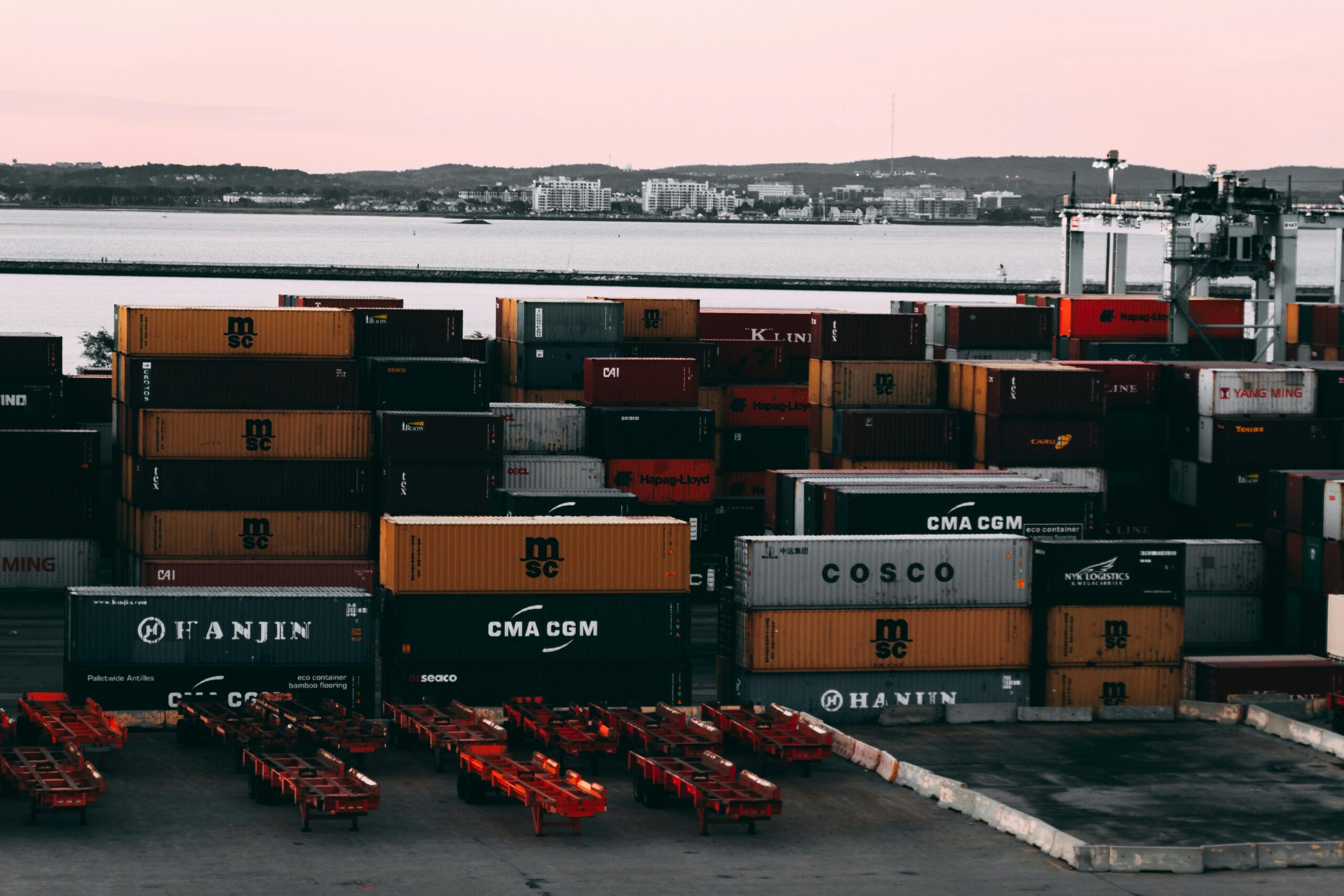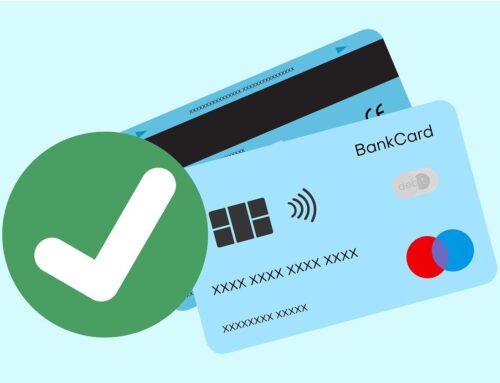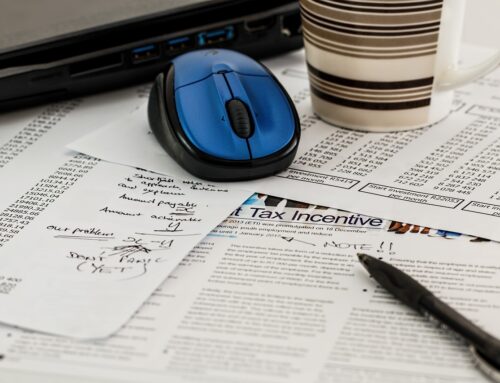
Shipping Your Belongings to the Philippines: A Smooth Move for Expats
The Philippines welcomes you with stunning beaches, friendly people, and vibrant culture. But before you enjoy island life, you need to figure out how to get your belongings there. This guide will help you plan and ship your items to your new home with less stress.
Deciding What to Ship for Your Move to the Philippines
Congratulations on your big decision to move! Now comes the part where you choose what to bring with you. Planning ahead will save you money and hassle. Here’s what to think about:
Space and Size of Your New Home
Will your new place be big enough for all your belongings? Some homes in the Philippines can be smaller than what you’re used to. If needed, you can rent storage, but remember it adds to your costs.
What Matters Most
Be practical. Is that heavy chair you rarely use really worth shipping? Items with emotional value might be worth bringing. Everyday items can usually be replaced once you arrive.
Cost of Shipping vs. Buying New
Check shipping costs for big items like furniture. Often, it’s cheaper and easier to buy them once you settle in.
Have Extra Cash Ready
The Philippines uses cash for most everyday expenses. You might need extra money when you arrive for new household items or unexpected fees.
A clear plan will help you avoid surprises and keep your move simple. Once you know what you are bringing, you’re ready to choose a shipping method.
Choosing How to Ship Your Belongings to the Philippines
Now that you know what you are taking, it’s time to pick the right shipping option. Here’s what you should know:
Air Freight or Sea Freight?
Air Freight: Fast but costly. Best for small or valuable items you’ll want right away.
Sea Freight: Slower but cheaper. This is great for large shipments or things you won’t need immediately.
Container Choices: FCL or LCL?
Full Container Load (FCL): You get the whole container. Best if you have lots of things. You also have more control over timing.
Less Than Container Load (LCL): If you’re only shipping a few items, your things will be packed with other shipments. This costs less but can take longer.
Delivery Options: Door-to-Door or Port-to-Port?
Door-to-Door: The company handles everything, including customs. It costs more, but it’s the easiest option.
Port-to-Port: You pick up your items at the port. You’ll have to handle customs and arrange local delivery. It’s cheaper but involves more work.
What’s Best for You?
Think about your budget, how fast you want your items, and how much you’re shipping. Always get quotes from a few companies and ask what is included. That way you won’t be surprised by extra fees.
In the next part of this guide, we’ll walk through the shipping process itself so you know exactly what to expect.
Navigating Customs Clearance for Shipping Your Household Goods to the Philippines
You’ve picked your shipping method and packed your belongings. Now it’s time for the next step—getting everything through customs in the Philippines. This part might sound stressful, but with the right information and preparation, it can be simple.
Duty-Free Allowances for Expats
The Philippines offers a special program called Balikbayan. It allows returning Filipinos to bring household items tax-free for their families. If you are moving as a foreign expat, you will not qualify under this program. Still, you can ship used personal belongings duty-free in reasonable quantities for personal use.
Always check the current guidelines with the Bureau of Customs (https://customs.gov.ph/) to understand what items are allowed and if your shipment qualifies for any exemptions.
Documents You Will Need
Having the correct documents ready helps avoid delays. Here’s what you will need:
Bill of Lading (OBL): A document from your shipping company that lists what you are shipping and where it’s going.
Commercial Invoice: Lists the value of all the items you are shipping. Always declare a fair and honest value.
Packing List: A detailed list of everything in your shipment. Include item names, quantities, and estimated values.
Should You Use a Customs Broker?
A customs broker can help make the process easier. They know the rules and can help avoid delays. It’s not required, but if you are shipping a large amount or complicated items, having a broker might be worth the extra cost.
Avoid Common Problems: Items to Leave Behind
To prevent delays or fines, be aware of what you can and cannot ship.
Prohibited Items:
-
Firearms
-
Ammunition
-
Explosives
-
Illegal substances
Electronics:
You are allowed to bring used personal electronics duty-free in reasonable amounts. Be ready to declare them.
Food Products:
Meat, dairy, and fruits may require special permits. These items are often flagged or confiscated, so think twice before including them.
Honesty Works Best:
Declare all items and values truthfully. Customs officials can check, and false claims could result in heavy fines or confiscation of your goods.
Bon Voyage! Your Moving Recap
You are almost ready for your new life in the Philippines! Let’s quickly review what you’ve learned:
Plan What to Ship:
Only take what you need. Leave behind what can be easily replaced.
Pick the Best Shipping Option:
Air or sea? Door-to-door or port-to-port? Choose the combination that works best for your budget and timeline.
Be Ready for Customs:
Have your documents organized. Consider a customs broker if you want extra help.
Avoid Trouble:
Don’t pack anything on the prohibited list. Double-check before your shipment leaves.
Coming Soon:
In the next part of this series, we’ll share simple packing tips so your items arrive safe and sound in your new home.
With the right preparation, shipping your belongings to the Philippines doesn’t have to be difficult. Now you can relax and start dreaming about your adventures ahead!

















